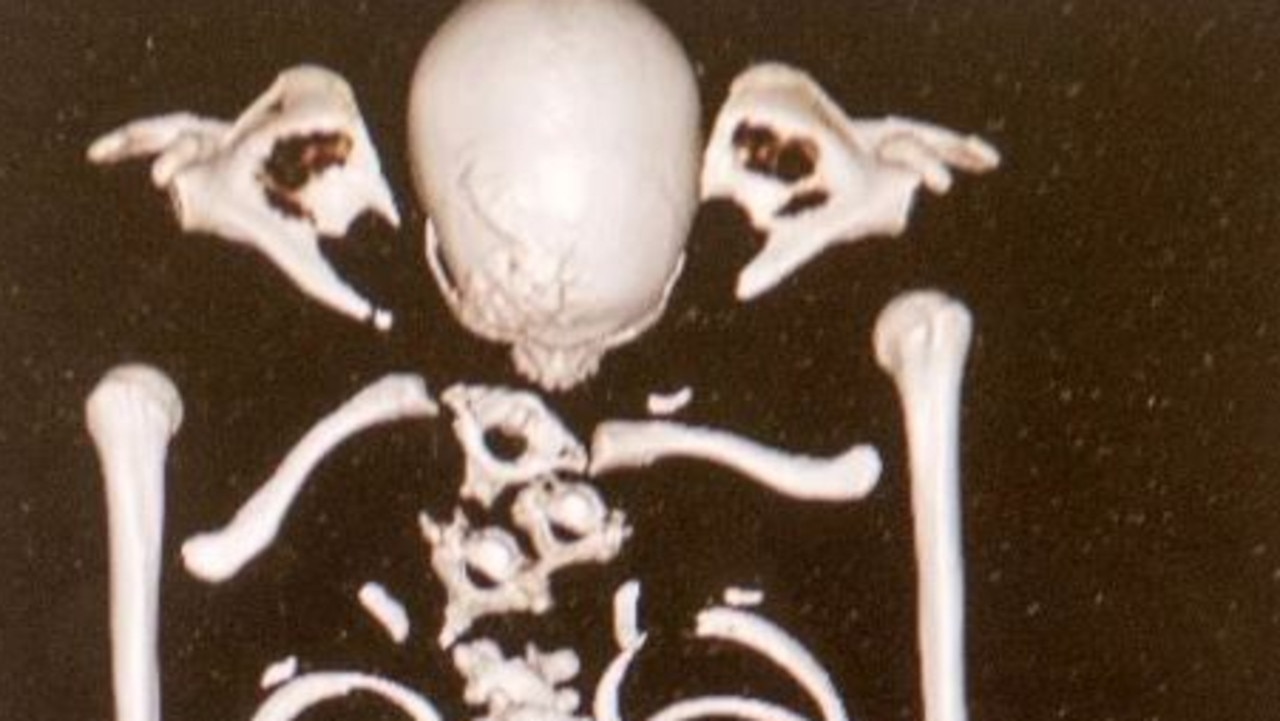A forensic breakthrough has helped a family lay to rest a WWI veteran nearly a century after he disappeared.
On Christmas Day in 2017, a human skull was discovered by a snorkeller at a remote beach near Wilsons Prom on Victoria’s south Gippsland coast.
Below the water, police soon found an almost intact skeleton.
But despite a coronial inquest, the remains, which came to be dubbed the ‘Sandy Point skeleton’, were unable to be identified – other than they belonged to a caucasian male aged between 21 and 37.
This year, the inquest was reopened after an investigator from the Victorian Institute of Forensic Medicine (VIFM), Dr Dadna Hartman, sought to use a “new and emerging forensic tool”.
“Around the time the infamous Golden State Killer case hit the news for the use of forensic/ investigative genetic genealogy (F/IGG) to identify the suspect, the lesser-known case of Buckskin Girl was also solved using the same method,” she wrote in an article published by Monash University.
“This was a real light bulb moment for me.
“How could we potentially use this … particularly where we had exhausted all current avenues of investigation?”
Dr Hartman’s team was able to extract DNA from the remains, which was then sent to a Texas laboratory which produced a DNA profile.
Using two ancestry databases, the skeleton’s DNA profile was matched to existing records before a living family member, Kathryn Hogan, was contacted in Victoria.
Providing a DNA sample to police, the skeleton was identified as Ms Hogan’s great uncle, Christopher Luke Moore, 29, who vanished while swimming with his brother 95 years ago.
A 1929 coronial inquest found Mr Moore had drowned shortly after 5pm on December 30, 1928, in rough conditions.
A witness at the time, Walter Clarke, said he saw Mr Moore “in a big breaker” before he “immediately disappeared” beneath the waves.
The Gippsland farmer and young father had enlisted at the age of 18 and served as a gunner in the 10th Field Artillery Brigade between 1917 and 1919.
Dr Hartman described identifying Mr Moore as a “momentous occasion” for everyone who had worked tirelessly since 2017 to give the Sandy Point skeleton a name.
“While this was an extraordinary case of a man identified some 95 years after he drowned, each UHR (unidentified human remains) case deserves to have every avenue explored to help identify them,” she wrote.
“The F/IGG method will now open avenues of inquiry for many of these – and that’s why I love the work that I do.”
She said this was possibly the first time the technology had been used to link unidentified human remains in a coronial inquest.
Ms Hogan, his grand-niece, told ABC Radio Melbourne she was approached by a detective this year for a sample for a “historical” case.
“I was astounded,” she said.
“We didn’t know the real story … they solved a family mystery for us.”
Handing down an updated finding that the skeleton was indeed Christopher Moore, State Coroner Judge John Cain said this was the “first time” forensic genetic genealogy had been used to assist in a coronial finding in Victoria.
“Mr Moore’s identity was only able to be determined because of the work of the highly skilled staff at VIFM,” he said.
“Their extensive expertise in DNA matching and utilisation of forensic genetic genealogy is outstanding.”
